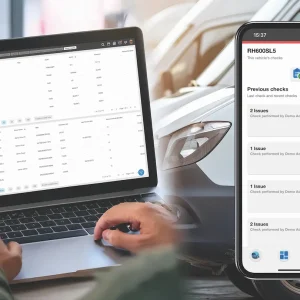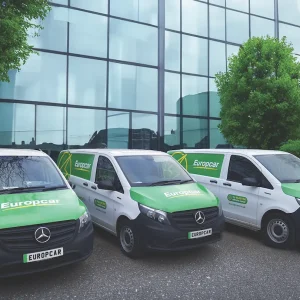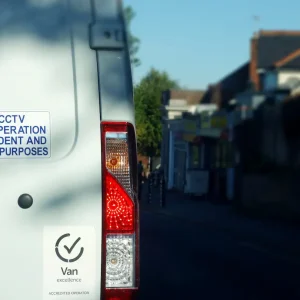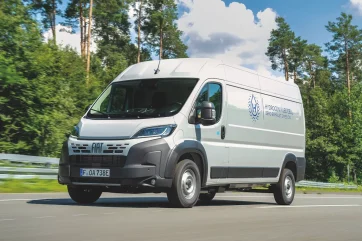
The topic of hydrogen as a long-term solution to zero-emission transport has now been a bone of contention for years.
On paper the viability of hydrogen as an energy source makes perfect sense for medium to long distance applications. Refuelling times are comparable to diesel, a vehicle with full tanks of hydrogen can theoretically travel a similar distance to a diesel alternative and the only byproduct of a hydrogen fuel cell is water vapour. Hydrogen can also be used as a means of storing energy outside of the peak demand times where tonnes of batteries might otherwise be needed. As the renewable grid ramps up, storing surplus energy on peak days (be it the height of summer or a particularly windy day) will become increasingly difficult, so hydrogen represents a relatively efficient method of storage.
Unlike electricity it’s also transportable – in so far as it can be moved from a point of production to tankers, bunkers or pipelines. While electricity can also be moved around via cables, the unconnected network opportunities posed by hydrogen creation means we won’t potentially have to lay millions of miles of cables just to move it around. The case in favour is a strong one, but on the flipside of the coin is an equally compelling argument against. Unlike electricity, hydrogen doesn’t simply get created when the sun shines or the wind blows. In fact, in order to create hydrogen, you need a fairly reliable quantity of power. Moreover, to create green hydrogen (the term used to describe hydrogen made using renewable electricity) you need it all to be from a sustainable source, shunning the gas and coal electricity generation that can often make up high double-digit percentages of our current electricity mix during the winter months. Nuclear energy, and the continuous power production it offers, is an option, but how green can we truly say our hydrogen would be knowing it’s come from decaying isotopes that will one day have to be buried deep underground (or maybe even blasted into space)? Not only does creating sustainable hydrogen require plenty of renewable energy, but it needs far more energy than you’d get from simply using it as electricity as well. To truly make hydrogen production viable, we need a massive energy surplus.
Although coal, gas, nuclear, electricity and hydrogen will likely live side-by-side for decades to come in our homes, factories and vehicles, the transport sector has found itself as one of the earliest adopters of hydrogen (H2) as a mainstream fuel source. Toyota has gone so far as to launching, selling and shelving its own hydrogen production car, all within the space of a decade, but there’s now a race between the van manufacturers to get to market with a viable large hydrogen van. Renault, through its off-shoot company Hyvia and American partners Plug, has trialled a hydrogen Master van and now will incorporate it into its new generation model as a standard production model produced online at the factory. The Stellantis brands have also played a huge role in bringing hydrogen to the sector, first through limited production of a hydrogen version of the Opel/Vauxhall Vivaro and now through a large van version that, unlike its mid-sized sibling, will officially be available in right-hand-drive.
“We started this because we had requests from customers for a large van,” explains Lars Peter Thiesen, Stellantis’ manager for hydrogen and fuel cell deployment strategy.
“We will be offering a second generation of the mid-sized van, in-line with the general facelift, but the large van offers the opportunity for fleets to decarbonise their fleet with no compromise of volume or capacity compared to the combustion vehicle, but with fast fuelling and increased range compared to BEV. It will also offer depots independent from the electrical grid.”
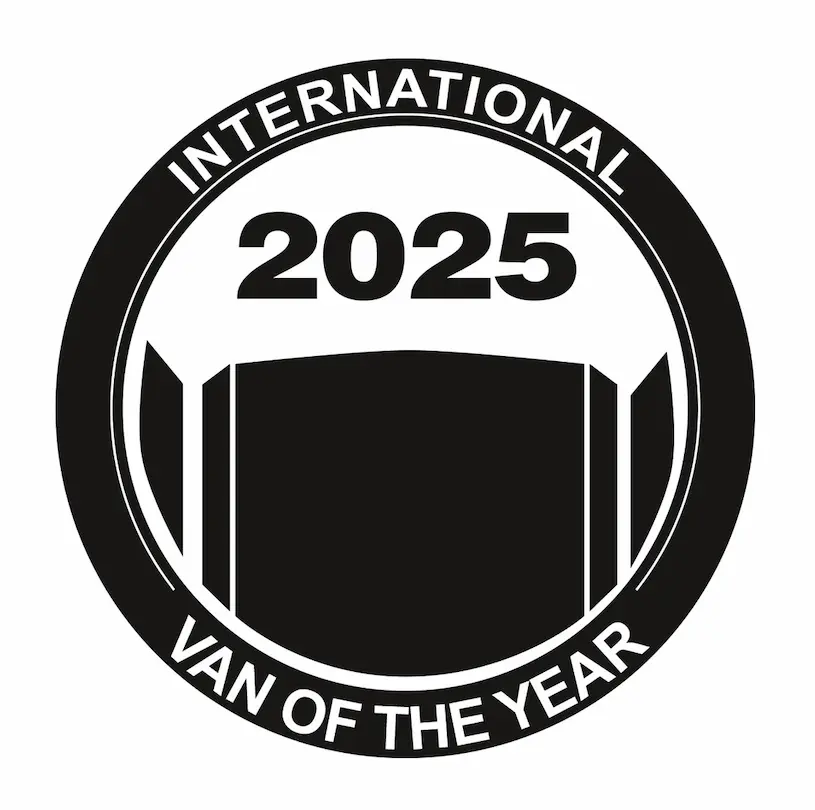
Thiesen also points out that Europe is set to get a major network of hydrogen refilling stations, taking the current level from around 150 stations today to in excess of 500 by 2030 along the major trucking corridors of all EU countries. One refuelling station will be placed every 200km, creating a “corridor” of refuelling at a pressure of 700 bar suitable for passenger cars and LCVs.
The mass adoption of hydrogen may pose as many questions as it does answers to our transportation energy needs, but much like battery electric vehicles, without them being available on the market, we’re unlikely to test their true feasibility.
Fuelling similarities
Perhaps the most important thing to understand with the large hydrogen vans
from Stellantis is that there’s very little difference between the H2 vans and their
BEV counterparts.
Described as a ‘Mid-Power’ concept, its hydrogen van has a blend of fuel cell and battery in a “best of both worlds” scenario. That means a 45kW fuel cell paired with an 11kWh battery – taking power from 7.2kg of hydrogen located in tanks beneath the loadspace floor. In contrast, a ‘Full Power’ option would potentially have a 100kW fuel cell but only a 2kWh battery, while a ‘Range Extender’ might get a fuel cell of just 5kW and a 20kWh battery. Stellantis believes this middle road approach gives the customer the most benefits and from a layman looking in at the vastly inadequate network of refuelling, you’d be inclined to agree.
Available in two sizes with either an L3H2 or L4H3 length and height, the hydrogen large van covers load volumes from 13m3 to 17m3 with a payload of up to 1,370kg thanks to a 4.25kg GVW. That’s essentially payload and volume parity to the diesel vans – albeit at a higher GVW – but more importantly it’s also range comparable with up to 500km of total range possible from the fully-fuelled, 7.2kg capacity, hydrogen tanks.
Power comes from a 110kW electric motor – which also makes it comparable to both BEV and diesel vans, and with 410Nm of torque it’s also not lacking for low-end grunt either, despite a 2,794kg kerb weight.
On the road it behaves just like a BEV with instant power and torque delivery, except
it’s not quite as quiet as its fully electric cousin. Pumps and compressors whirr away in
the background when the fuel cell is called upon, creating a noticeable but not distracting background hum to the experience. That aside, it’s business as usual, with a dynamic performance similar to the BEV. The hydrogen tanks (heavily reinforced and protected like a battery would be) lie low down between the chassis and contribute to a lower centre of gravity. The front end houses the electric motor, while the battery and fuel cell stack are right underneath the driver, creating a really balanced but slightly nose heavy feeling that means turn-in feels purposeful and pointed.
Everything else feels as you’d expect with an array of accessories you’d expect from a large van wearing a Citroen, Peugeot, Fiat or Vauxhall badge, with air conditioning, keyless entry and start, an abundance of safety systems including lane support, traffic sign recognition and blind spot monitoring. There’s a 10in infotainment screen for wireless smartphone mirroring, and the driving cluster is also a 7in digital display.
Far from being a proof of concept, this is a finished and polished van ready for the road – providing you can range it.
It’s good to talk about product plans
In my role as the UK jury member for the International Van of the Year award, I get to not only see the latest vans coming to market but speak with the very highest levels of the leadership of the companies launching them.
This year, the Renault Master is a very worthy winner of the award and the van’s abilities are matched by those of the executives leading the van’s development.
However, the traditional OEMs are often very coy about their ambitions and all too often unwilling to truly disrupt with their products.
Speaking with several of the CEOs and presidents of some of the lesser-known brands elbowing their way into Europe with their interesting, often unusual and always ambitious expectations, I was struck by just how open and forthright
they can be about themselves and their competitors.
Far from saying they’re the greatest manufacturer in the world, many are acutely self-aware of their shortcomings, but also single-minded in their pursuit of European customers.
I would say we’re still a long way off seeing a Chinese brand named International Van of the Year, but without a doubt that time will one day come, and it will be an exciting battleground when it does.
George Barrow is the UK judge for the International Van of the Year, the prestigious prize awarded by leading European LCV journalists.

